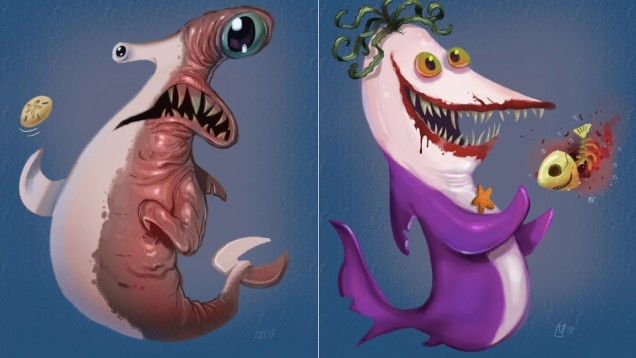
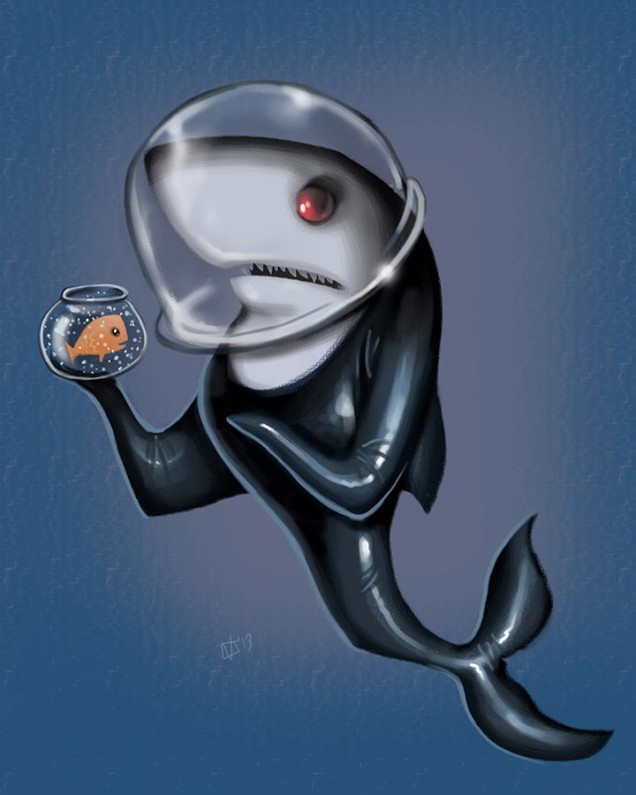
Haunting the Web Since 1999


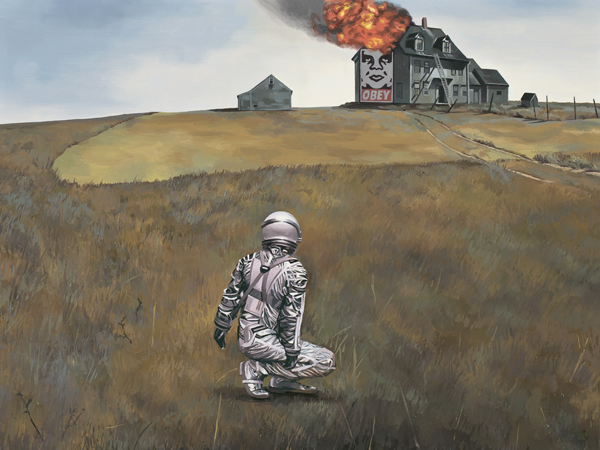
I feel like I may have blogged this at some point in the past, but couldn’t readily find it. At any rate, and Killscreen points the way to Scott Listfield’s AstronautDinosaur, where NASA’s finest find themselves on all manner of adventures.
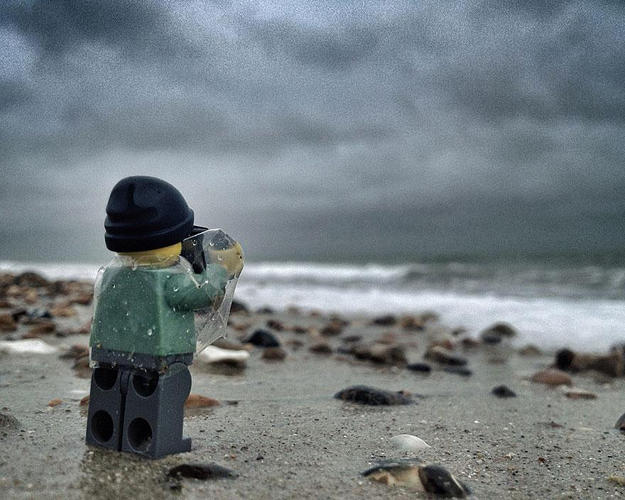
Fast Company‘s Joe Berkowitz and photographer Andrew Whyte chronicle the adventures of an intrepid Lego photojournalist. “Despite his diminutive size, this little guy seems to have had some big adventures. He scales buildings, he’s chased by a hermit crab, and slips on a giant (to him) banana peel.”
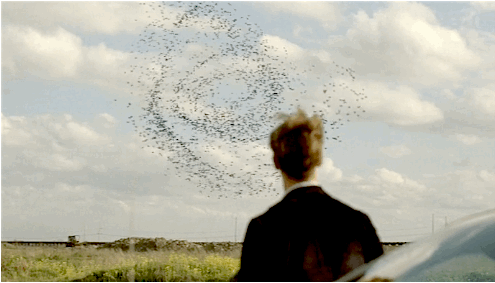
In io9, Michael Hughes explores True Detective‘s many references to The King in Yellow, an 1895 collection of short stories by Robert Chambers, and a “fictional play…that brings despair, depravity, and insanity to anyone who reads it or sees it performed.”
As Molly Lambert of Grantland pointed out of HBO’s dark and addictive mini-series, “True Detective’s closest relative is Twin Peaks, which mined similarly nocturnal depths. Both shows espouse mythologies that feel extremely personal to the creators but also eerily universal, tapping into the same brain waves as paradoxical sleep.”
For his part, show creator Nic Pizzolatto recently talked about his debt to another Weird Fiction author, Thomas Ligotti. “I first heard of Ligotti maybe six years ago, when Laird Barron’s first collection alerted me to this whole world of new weird fiction that I hadn’t known existed. I started looking around for the best contemporary stuff to read, and in any discussion of that kind, the name ‘Ligotti’ comes up first…[H]is nightmare lyricism was enthralling and visionary.
On top of everything else, True Detective also has one of the more captivating credit sequences in recent years, as per below. (It apparently owes a heavy debt to the work of artist/photographer Dan Mountford.)
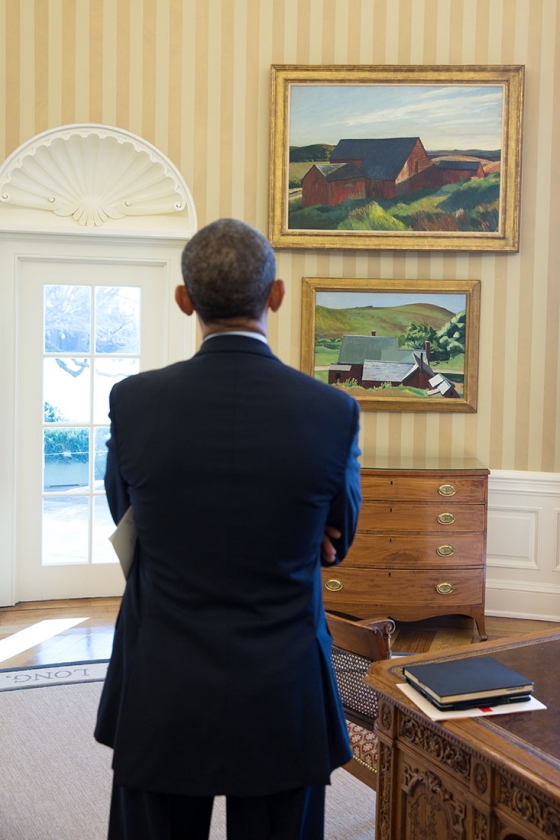
By way of a friend, the Oval Office gets some Hoppers on loan (apparently to replace a copy of the Emancipation Proclamation, which needs to get out of the light for awhile.) “Cobb’s Barns, South Truro, and Burly Cobb’s House, South Truro — oil on canvas works painted in 1930-33 on Cape Cod — have been lent by the Whitney Museum of American Art in New York, the world’s largest repository of Hopper’s works.”
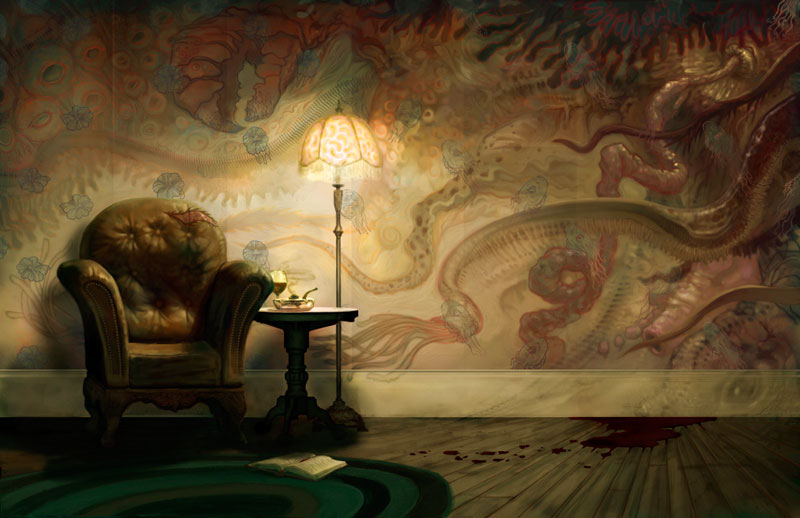
The painting above, by the way, was Jon Foster‘s contribution to a 2010 exhibit of Lovecraftian-themed art. His gallery is definitely worth a look-thru.
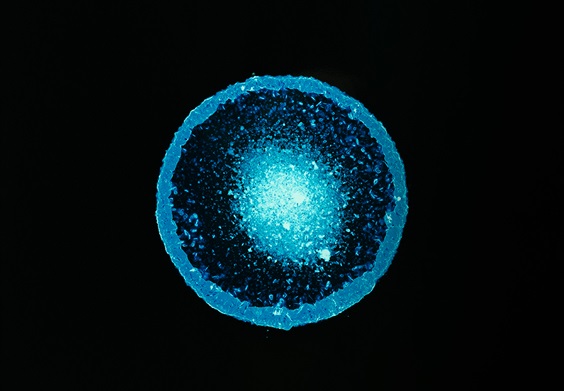

Venture, if you dare, into the terrifying existential corporate-bureaucratic hellscape that is ConferenceCall.biz, written up last week by Slate‘s Joshua Keating. “[I]t’s accompanied by an eerie electronic soundtrack and washed-out office imagery that another blog has described as ‘what would happen if David Lynch directed a re-make of Office Space.'”
It’s funny because it’s true — What a gloriously awful and useless form of communication. They invariably end up being one person reading an agenda to everyone else that could have just been distributed and absorbed by all in one-tenth the time — but, of course, you already knew that.
